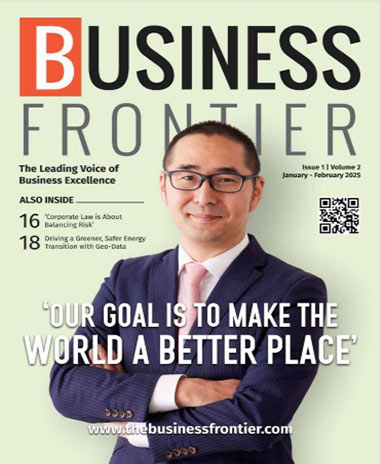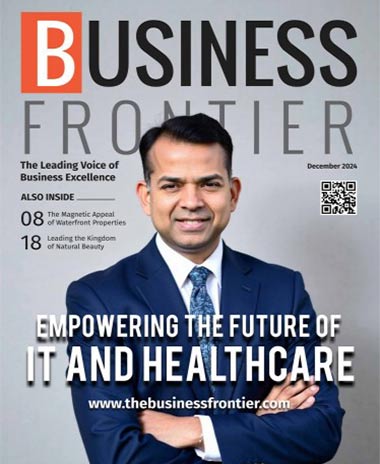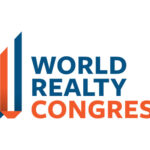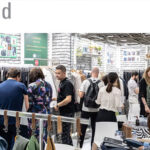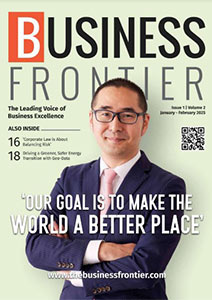In a dramatic escalation of the global trade war, US President Donald Trump recently slapped tariffs of up to 145% on Chinese goods, with China retaliating swiftly and levying 125% duties on U.S. imports. A universal 10% tariff on goods from all other countries has also been introduced with higher rates paused for a 90-day period for select nations.
While the White House insists these moves will protect the American industries, they have triggered global market instability and are expected to push up prices for consumers. As tariff policies harden under President Trump’s return to office, Business Frontier talks to business leaders from across Asia and the Middle East to analyse what’s at stake.

“President Donald Trump introduced tariffs as a tool to protect American industries and reduce trade deficit. While the intention might have been to bring manufacturing back to the U.S. and challenge unfair trade practices, the impact of these tariffs are far more complex than it appears.
Tariffs are a double-edged sword! While they might offer short-term protection to local producers, they often lead to higher prices for consumers. They also disrupt global supply chains affecting not just two, but many countries. In turn, countries retaliate, markets respond, and uncertainty grows.
As someone focused on empowering Arab youth financially, I believe we must always question who truly pays the price for such policies. It’s not just about geopolitics it’s about understanding how every global economic decision eventually shows up in our wallets, jobs, and opportunities. In the end, every smart policy needs to be inclusive, sustainable, and implemented wisely, keeping in mind both its short-term impact and long-term vision.”
Hana Hamzeh, Founder of Fifreedomtoday
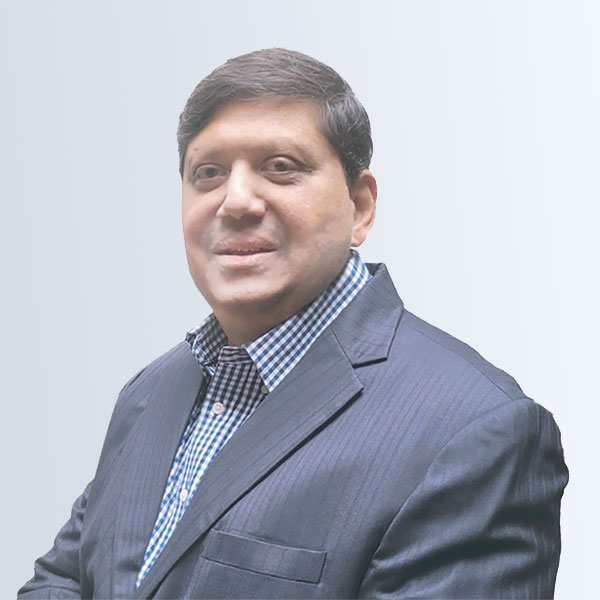
“Just a few days back, Trump unveiled sweeping “reciprocal” tariffs, sparing no country, friend or foe. Once stock markets around the world started crashing, he paused all of them with the exception of China. What he will do next is anyone’s guess!
This tariff pause is also not on all the tariffs. All countries around the world now have 10 percent tariffs, which was not there a few days back. In addition to this there is a 25 percent tariff on steel, aluminum and products with these metals, and a 25 percent tariff on automobiles.
On the brighter side, the new trade realities could open up some opportunities for India. Thanks to its tariff differential with its Asian peers especially China, Vietnam and Cambodia, India could potentially become home to many more thriving businesses. However. if the 26% tariffs on India go into effect after 90 days, it will significantly impact the nation’s export market which could exacerbate the slowdown in India’s economy, which is already suffering from weak consumer confidence and business investment.”
Reji Varghese, President, RV Forms and Gears

“As the US sharpens its tariff stance, the Middle East is adapting in a deliberate fashion. What we’re seeing isn’t just economic turbulence, but a chance to rethink positioning. Gulf economies, particularly the UAE and Saudi Arabia, have already invested in the infrastructure – physical and digital – that makes trade friction easier to navigate. Ports are expanding. Free zones are becoming more sector-focused. And digital trade tools are being quietly embedded into customs and finance systems. There is a big opportunity for Dubai, Riyadh, and Doha to rise as critical bridges connecting East and West.
The immediate response shouldn’t be – and hasn’t been – about competing with manufacturing powerhouses overnight. It’s about becoming an enabler – a logistics and processing hub that adds flexibility to global supply chains, especially for Asian exporters facing rising costs elsewhere.
The real test will be whether these efforts translate into long-term shifts in trade flows. But in this moment of unpredictability, the Middle East’s ability to stay open, connected, and operational may prove to be its greatest strength.”
Pankajj Ghode, CEO, Elmirate

“The US tariff maneuvers have introduced a distinctive pattern into global markets – brief relief followed by renewed uncertainty. President Trump’s 90-day suspension of tariffs for most nations provides a temporary respite, but the exclusion of China and elevation of its tariff rate to 145% signals a targeted approach that continues to reshape global trade dynamics.
What’s striking here isn’t just the economic impact, but the conflicting market psychology at play. We’re witnessing both relief rallies and defensive positioning simultaneously – investors hedging their optimism with traditional safe havens like gold and Swiss francs.
For Middle Eastern economies, these developments create a nuanced challenge. Though not directly targeted, our region faces potential ripple effects through global energy demand fluctuations and investment flows that could influence regional economic stability.
In conversations with our clients, we’re emphasizing strategic patience rather than reactionary portfolio adjustments. The sophisticated investors are currently focusing on structural positions that can withstand policy oscillations rather than attempting to predict each tariff announcement. This includes strategic commodity exposure, balanced currency hedging, and carefully selected fixed income instruments that can provide both yield and stability. At this stage, the distinction between market noise and genuine economic shifts becomes increasingly valuable. The former requires patience; the latter demands thoughtful adaptation.”
Sumeet Gill, Vice President – Investments, The Continental Group
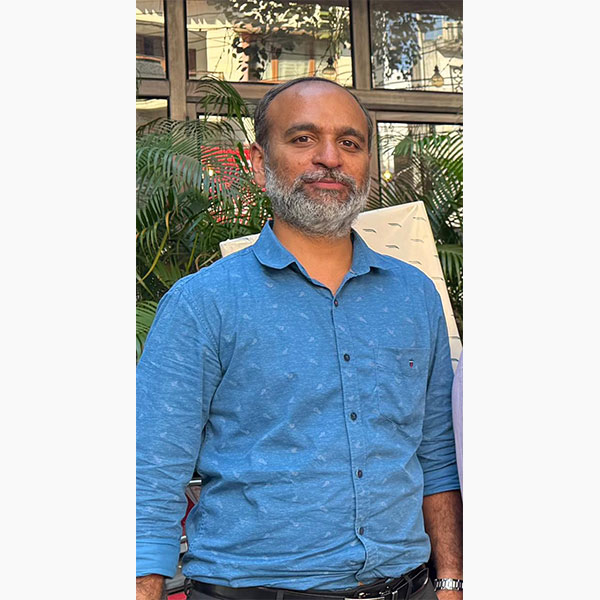
“World over, countries should adopt a balanced approach that ensures long-term benefits, safeguarding their interests against potential shifts in stance later. International policies are designed to foster mutual benefits and cooperation among nations. However, they should not be used as tools of coercion or threats when circumstances or positions change. A well-measured strategy would allow nations to maintain their autonomy while promoting equitable partnerships that adapt to evolving global dynamics. By focusing on sustainable growth and pragmatic diplomacy, countries can protect their strategic goals and contribute constructively to the global order without being overly influenced by changes in external policies or pressures.”
Murtuza Kadi, Partner, Abdul Kader and Sons






